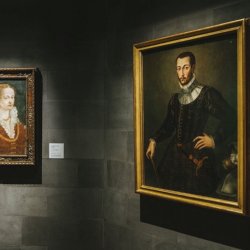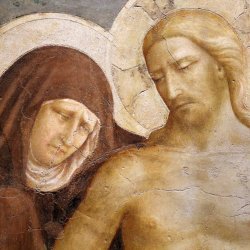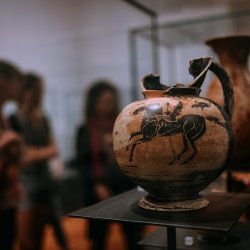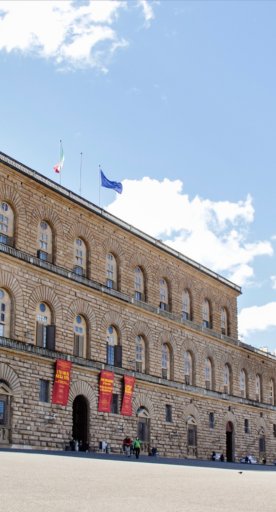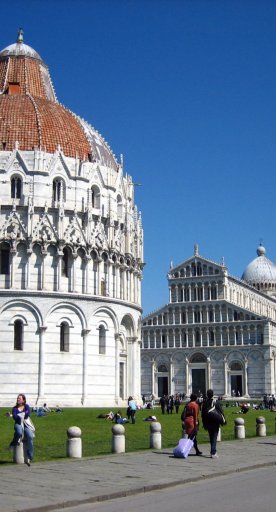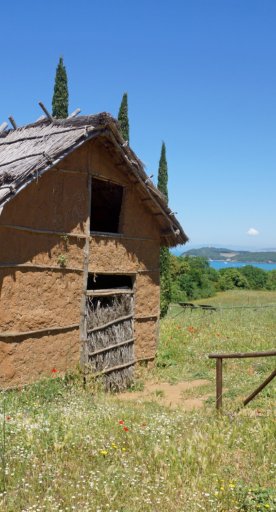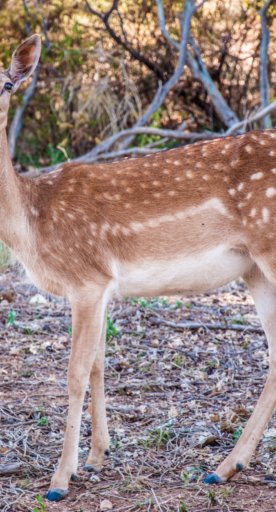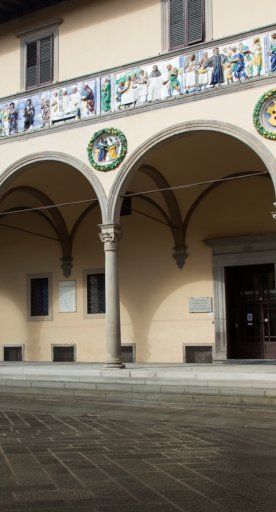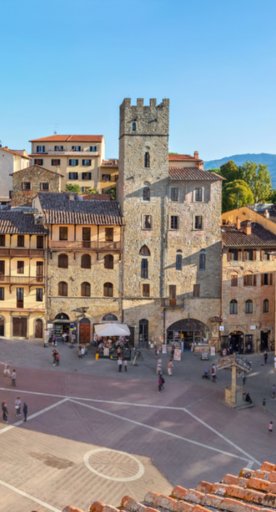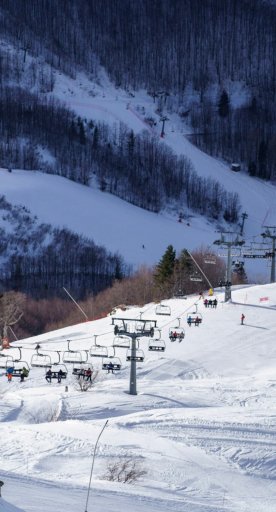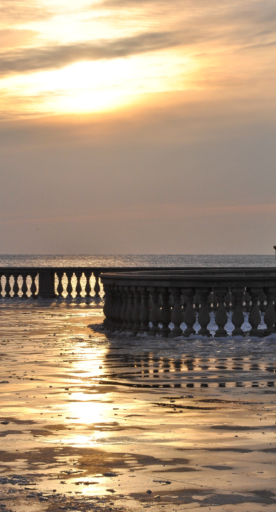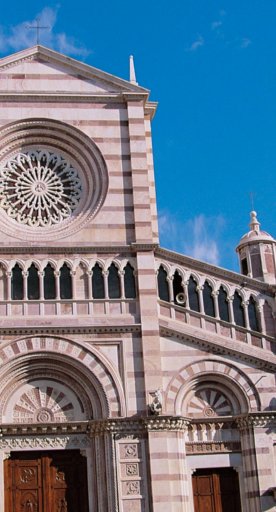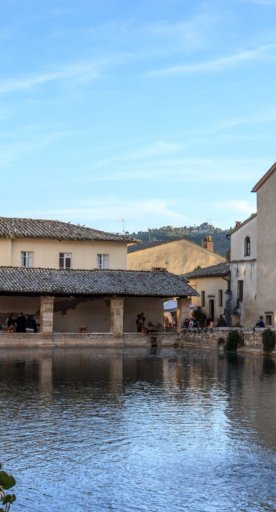Mugello’s barrier-free museums
Museum points, educational workshops and itineraries suitable for everyone
Mugello is home to the "Museo Diffuso," which is a network of 16 museum points located throughout the territory and divided into 4 systems: Demo-ethno-anthropological System, Archeological Heritage System, Historic-Artistic Heritage System, Natural System.
Among them, many are barrier-free museums, and entry for people with disabilities and their accompanying persons is always free.
Let's see together which ones are barrier-free.
-
1.Borgo San Lorenzo
-
2.Firenzuola
-
3.Palazzuolo sul Senio
-
4.Dicomano
-
5.Scarperia e San Piero
-
6.Vicchio
Borgo San Lorenzo
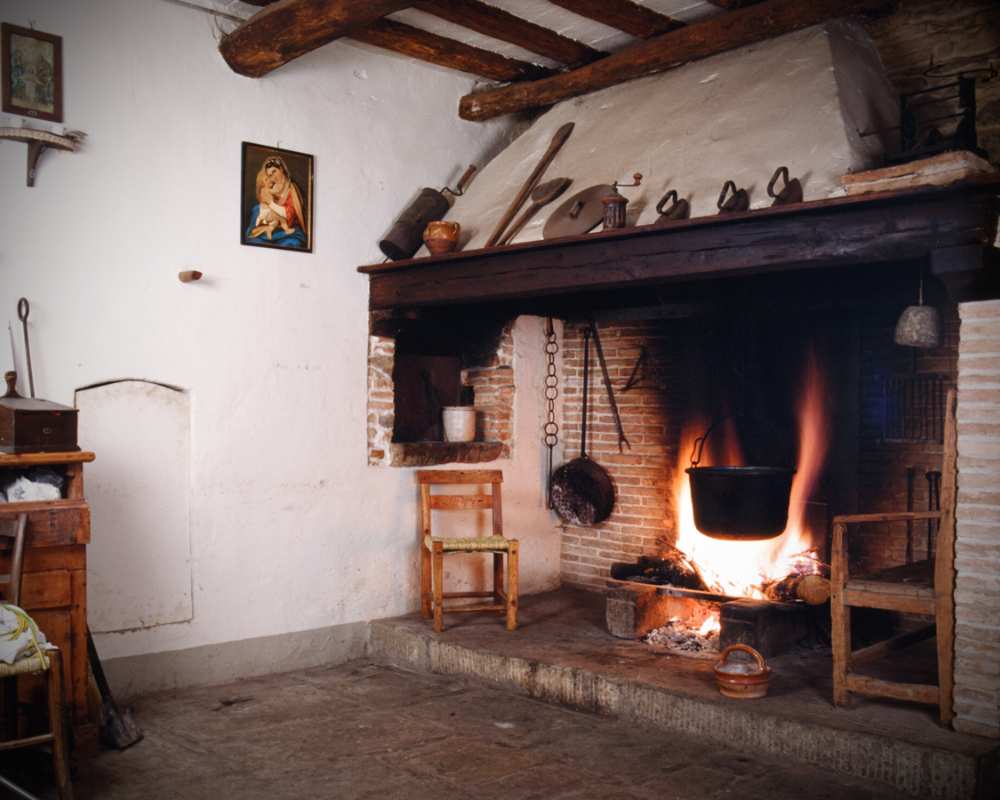
Museum of Peasant Civilization Casa D'Erci
The museum houses, inside a farmhouse on the bank of the Erci stream, a prestigious collection of objects and documents of rural Mugello culture. Tools, photographs and original machinery are distributed throughout the various rooms of the house and in some specially-equipped outbuildings.
Firenzuola
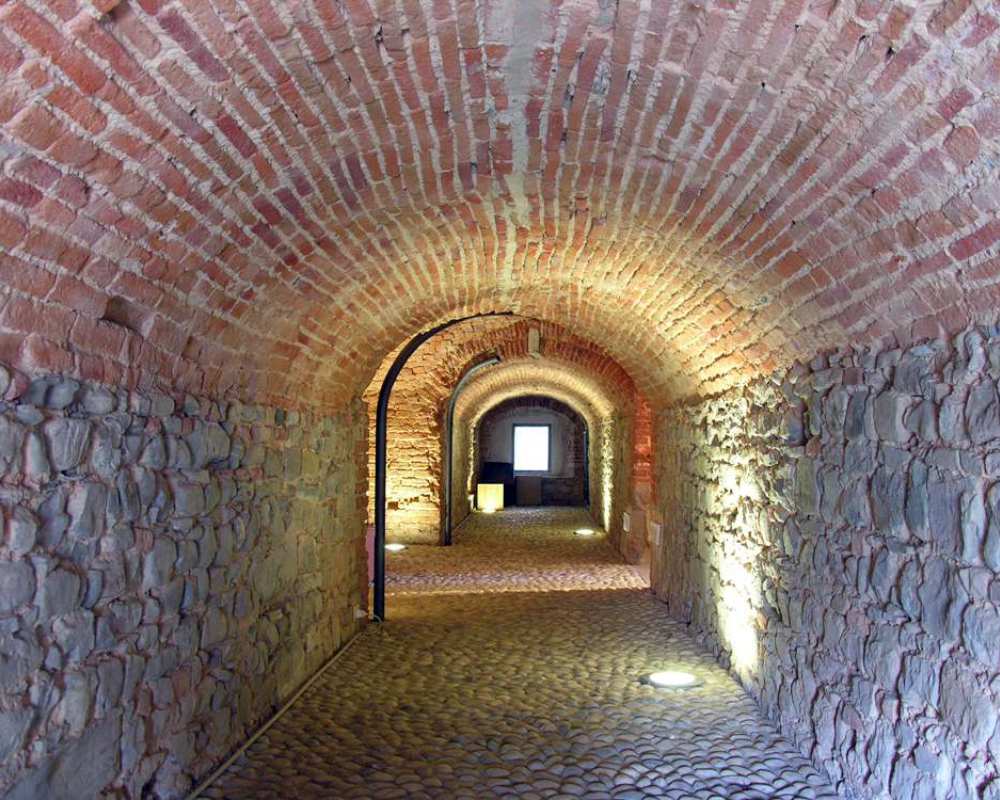
Museum of the Historical Landscape of the Apennines
The museum is located in the historic premises of the Abbey of Moscheta in Vallombrosa and displays the main stages of landscape transformation from the Middle Ages to the present day. Guided tours and educational workshops for children by reservation.
The museum displays the ancient techniques of quarrying and working of the pietra serena, houses art and everyday artifacts, and tells the story of pietra serena's connection to the Firenzuola area.
Palazzuolo sul Senio
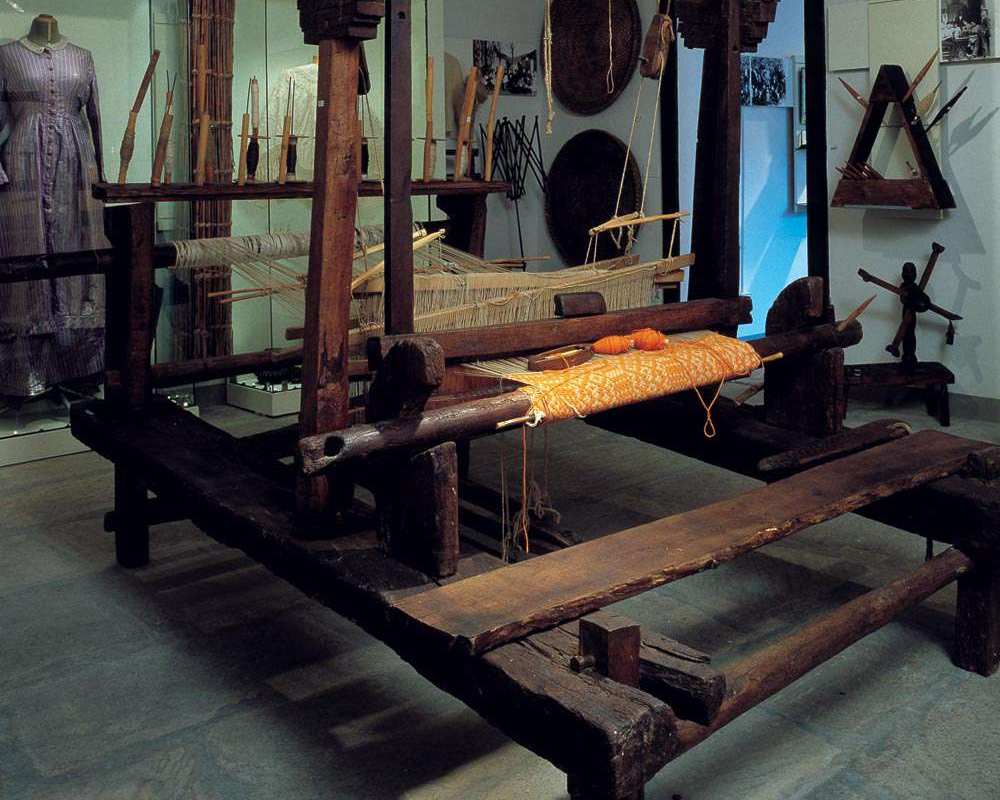
Museum of Mountain People and Upper Mugello Archeological Museum
The Palazzo dei Capitani houses the Museum of the Mountain People whose collection has more than a thousand objects that tell the story of a mountain territory and community.
The top floor of the building houses the Upper Mugello Archeological Museum whose collection consists of artifacts ranging from prehistoric to Renaissance times.
Dicomano
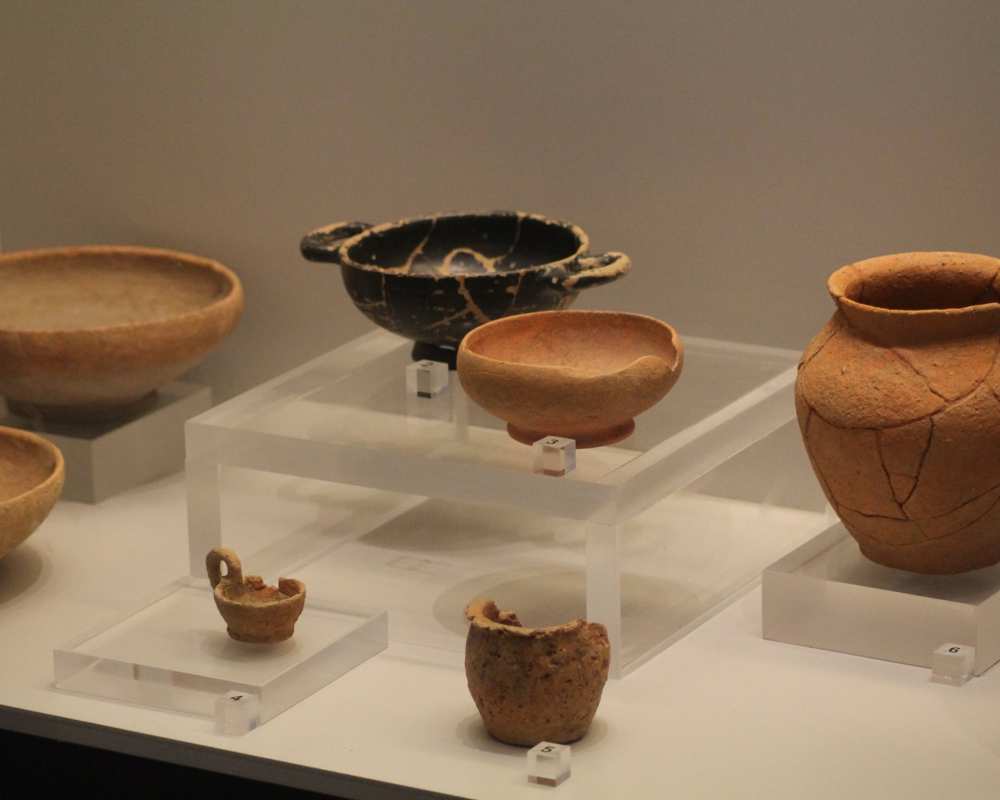
Archeological Museum of the Mugello and Val di Sieve area
The Museum houses the actual and significant results of more than thirty years of archeological investigations in Mugello, Upper Mugello and Val di Sieve: it brings together the archeological and historical evidence of the entire area.
Scarperia e San Piero
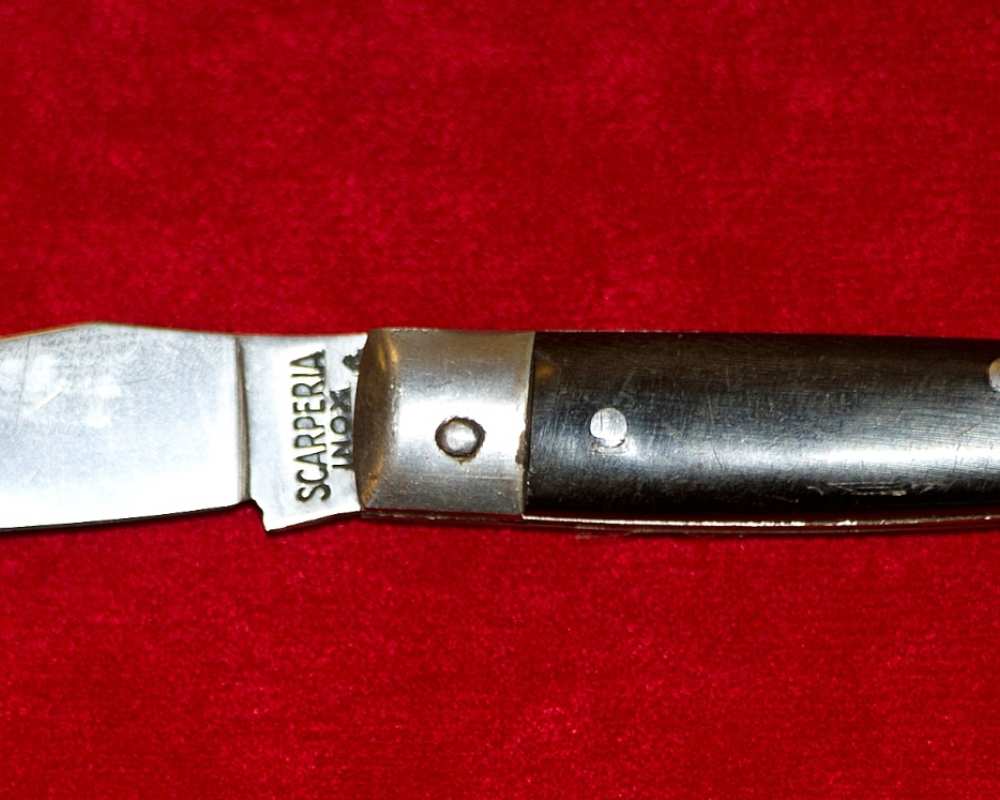
Collection of Sacred Art of Sant’Agata
The exhibition was born out of the need to protect and enhance the many works from abandoned tabernacles and churches in the Sant’Agata area, as well as valuable evidence of the artistic life of the parish.
Archeological Documentation Center of Sant’Agata
The exhibition documents the main archaeological finds in western Mugello over the long period from prehistory through the centuries, with evidence from Etruscan and Roman times, ending with a significant selection of medieval finds. In addition, in the prehistory room, there is a niche where reconstructions of objects are displayed for visitors to touch and handle.
Museum of Craft and Country Life of Sant’Agata - Leprino Museum
Settings and moving characters designed and created by Faliero Lepri, known as Leprino, who recreated the village of his own childhood with scenes and gestures from the daily life and work of the small town of Sant'Agata.
Museum of Sharp Irons (Museo dei Ferri Taglienti)
The Museum of Sharp Irons is housed inside the 14th-century Palazzo dei Vicari to pay homage to Scarperia's knife craftsmanship. Also featured: an introductory film in sign language, texts in Braille, an object handling bench.
The museum is barrier-free, but the bell tower is not.
Vicchio
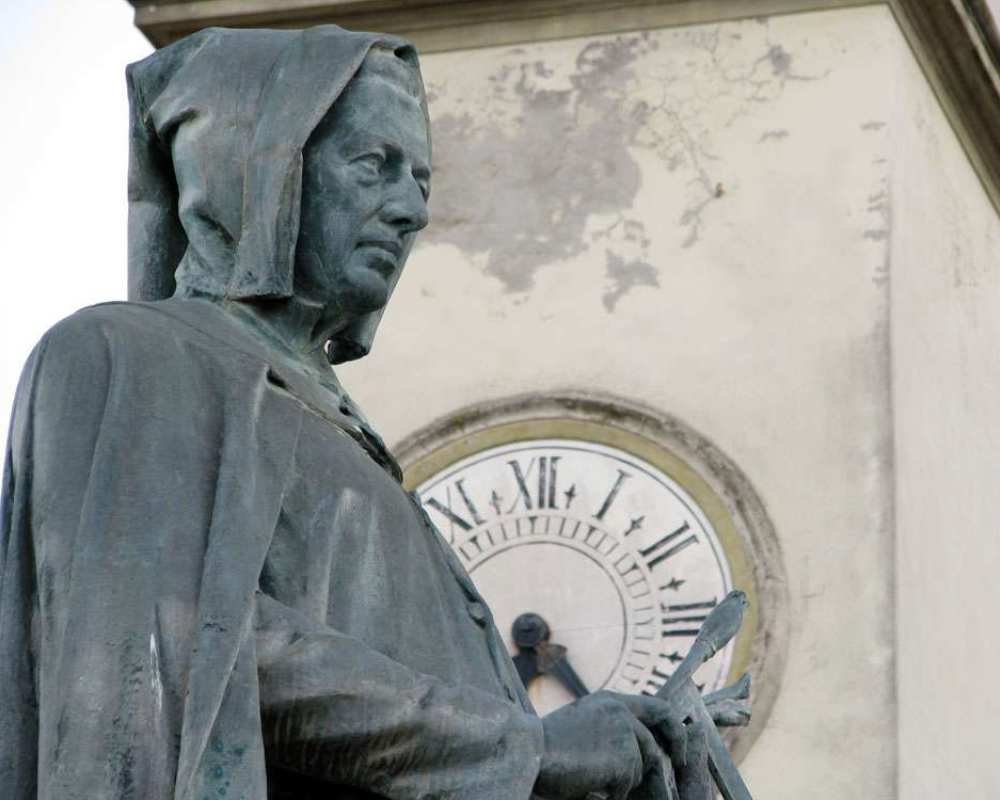
Museum of Sacred Art and Popular Religiosity 'Beato Angelico'
The museum, named after Beato Angelico, collects not only works of art such as canvases, furnishings and liturgical vestments from parish churches no longer operating, but also small objects of local worship.
The ground floor of Giotto House is dedicated to the artist himself: visitors can enjoy both a video on the figure of the artist and interactive multimedia workstations that allow them to outline a personal path of study. The upper floor is a laboratory with two exhibition spaces and the color room.

